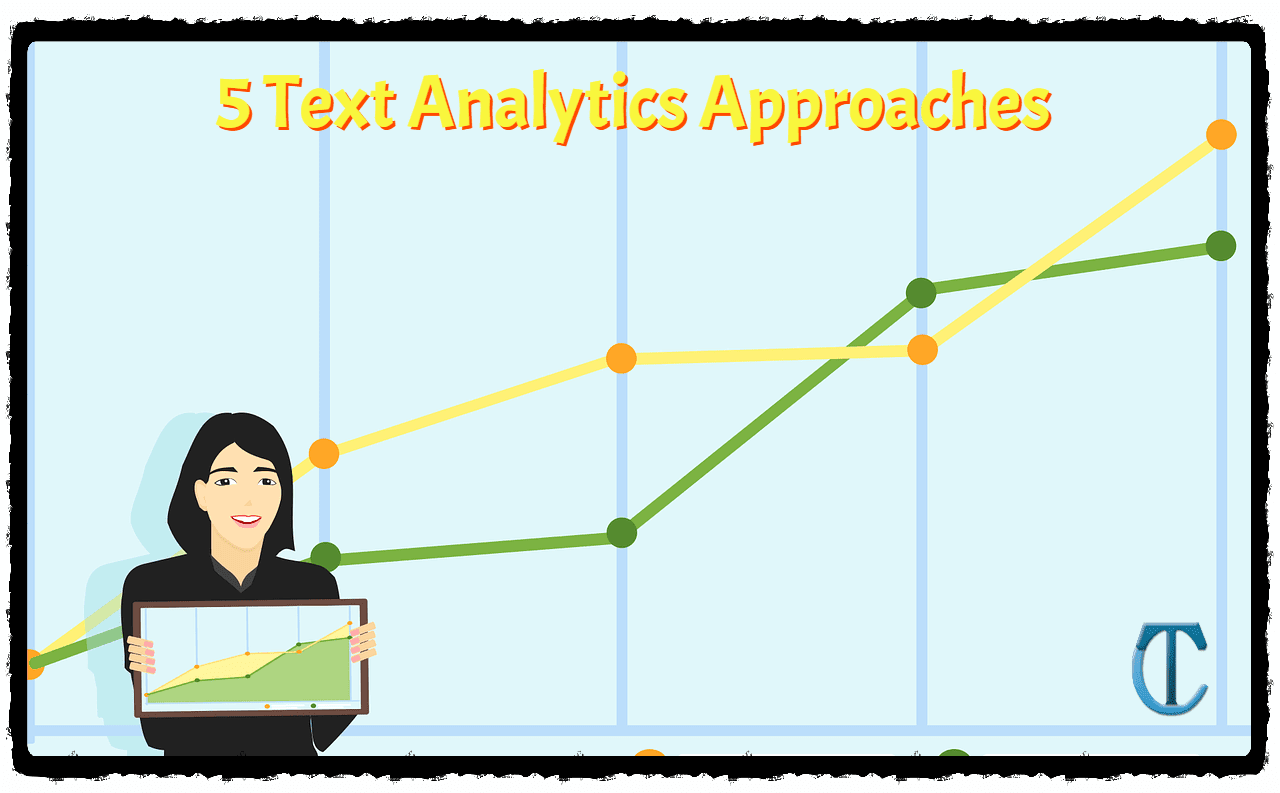Introduction
In recent years, text analytics has become one of the most popular methods for extracting information from unstructured data. There are a variety of text analytics approaches that can be used for different purposes. This article will provide a comprehensive review of five of the most popular text analytics approaches.
You are looking for a text analytics tool to analyze your website or social media content. There are so many text analytics tools out there, and they all claim to be the best.
The Qualtrics comprehensive review will help you find the right text analytics Approaches for your needs.
What is Text Analytics?
Text analytics is the process of deriving meaning from text data. It involves breaking down text data into smaller pieces, such as sentences or words, and then analyzing those pieces to extract key information.
Text analytics can be used for a variety of purposes, such as sentiment analysis, topic modeling, and entity extraction. Sentiment analysis involves understanding the emotions expressed in text data, while topic modeling can be used to automatically identify topics present in a text document.
Suggested Reading
- Top GitHub Commands list with Examples for better coding
- Top 100 SQL Server Relational Database interview questions and Answers
Entity extraction is the process of identifying and extracting named entities, such as people or places, from text data.
1. Word Spotting
There are many different approaches to text analytics, but one of the most popular is word spotting. Word spotting involves using algorithms to identify keywords and phrases in a body of text. This information can then be used to generate insights about the text as a whole.
Word spotting is an effective way to quickly glean insights from large amounts of text. It can be used to track customer sentiment over time, understand what products are being talked about most often, and more. This approach is particularly powerful when combined with other text analytic techniques.
2. Manual Rules
Text analytics approaches that rely solely on manual rules are often too inflexible to keep pace with the rapidly changing vocabulary and grammar of social media posts.
This can result in false positives, where valid posts are incorrectly flagged as spam, or false negatives, where spam posts slip through undetected.
Both of these problems can be addressed by using a machine-learning approach that can automatically adapt to new linguistic patterns.
3. Text Categorization
Text analytics is a rapidly growing field that uses natural language processing and machine learning techniques to extract meaning from unstructured text data. Text categorization is one of the most common applications of text analytics, and is used to automatically organize documents into predefined categories.
4. Topic Modelling
Topic modeling is a statistical technique that identifies groups of words (topics) that occur together frequently in a given text. Each group of words can be interpreted as a topic, and each document can be represented as a mixture of topics. This approach can be used to automatically discover latent themes within a corpus of documents.
There are many benefits to using topic modeling for text analytics. It can help you make sense of large amounts of unstructured data, identify new trends and patterns, and even find hidden relationships between different pieces of information.
5. Thematic Analysis
Thematic analysis is a type of text analytics that can be used to analyze open-ended responses, such as customer surveys.
The thematic analysis involves identifying common themes in a body of text. This can be done manually, by reading through the text and highlighting key themes, or using specialized software that will identify themes automatically.
Once themes have been identified, they can be further analyzed to understand what they mean and how they relate to each other. This understanding can then be used to make decisions about how to improve products or services or to better understand customer needs and wants.
Conclusion
In conclusion, there are a variety of text analytics approaches that can be used to effectively analyze text data. Each approach has its own advantages and disadvantages, so it is important to select the right approach for the specific data and analytical goals. With the increasing availability of text data, text analytics will become increasingly important for businesses and organizations.



Post A Comment:
0 comments: